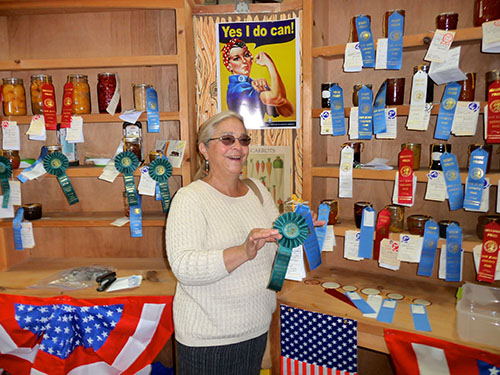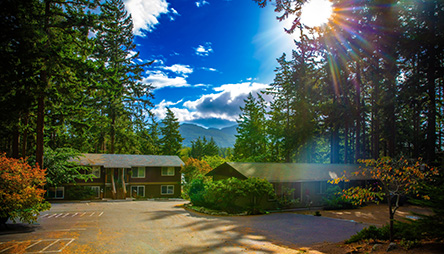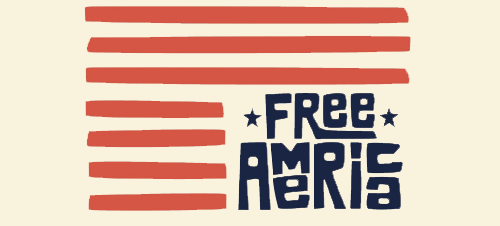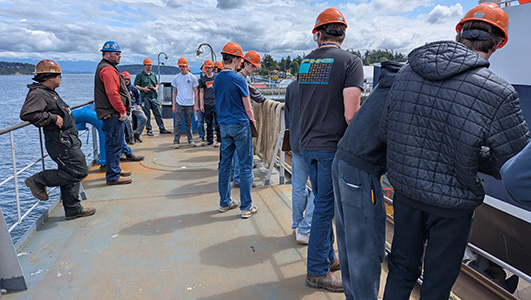— from Kathleen Commins —
 Okay, so you don’t think the world is about to end. But, what about earthquakes, severe storms, long term electrical outages, ferry disruptions, economic collapse, coronal mass ejections, and zombie apocalypse!? Food preservation has long been a way to survive the emergencies that arise unexpectedly. Maybe your supplies are adequate, but what about your family and friends?
Okay, so you don’t think the world is about to end. But, what about earthquakes, severe storms, long term electrical outages, ferry disruptions, economic collapse, coronal mass ejections, and zombie apocalypse!? Food preservation has long been a way to survive the emergencies that arise unexpectedly. Maybe your supplies are adequate, but what about your family and friends?
Emergencies aside, food preservation allows you to take advantage of the abundance of spring and summer from your own garden or from local farmers. Prices at the supermarket are generally lower this time of year, and there’s no rule against preserving what can be purchased at the store. If you’re health conscious, preserving your own food is a way to know exactly what’s in that strawberry jam you’re eating.
So what’s the bottom line? Preserve your own food for emergencies, save money on food by having a stash to eat through the winter, and know exactly what you’re eating. Then, enter examples of what you’ve preserved for the possibility of winning a prize at the San Juan County Fair Food Preservation Booth.
*Survivalism is a primarily American movement of individuals or groups (called survivalists or preppers) who are actively preparing for emergencies, including possible disruptions in social or political order, on scales from local to international. Survivalists often acquire emergency medical and self-defense training, stockpile food and water, prepare to become self-sufficient, and build structures (e.g., survival retreats or underground shelters) that may help them survive a catastrophe.
**If you are reading theOrcasonian for free, thank your fellow islanders. If you would like to support theOrcasonian CLICK HERE to set your modestly-priced, voluntary subscription. Otherwise, no worries; we’re happy to share with you.**







